The ocean has always been a source of fascination and challenge for those drawn to its waves. Among surfers, wave height is more than just a measurement—it’s a defining factor in the thrill, danger, and artistry of the sport. From gentle rollers perfect for beginners to towering walls of water that test even the most experienced riders, understanding wave height is crucial for anyone stepping into the surf.
The Science Behind Wave Height
Wave height, often measured from trough to crest, is influenced by a complex interplay of wind, tides, and seabed topography. Offshore winds can groom waves into clean, rideable faces, while onshore winds may chop them into messy, unpredictable peaks. The fetch—the distance over which wind blows across the water—also plays a critical role. Longer fetches allow waves to build energy, resulting in larger swells that can travel thousands of miles before breaking on distant shores.
But it’s not just about what happens at sea. As waves approach shallow coastal areas, their interaction with the ocean floor causes them to slow down and steepen. This process, known as shoaling, can dramatically increase wave height. Reef breaks and point breaks, where waves peel consistently along a rocky or sandy bottom, often produce the most predictable and desirable conditions for surfing.
How Surfers Measure Waves
In the surfing world, wave height is often a subject of debate—and occasional exaggeration. While scientists might use precise instruments like buoys or satellite data, surfers tend to rely on more subjective methods. The "Hawaiian scale," for instance, measures waves from the back rather than the face, leading to descriptions that are roughly half the height a scientist might record. A "six-foot" wave in Hawaii might be closer to twelve feet from trough to crest.
Local knowledge also plays a role. At some breaks, waves appear smaller than they are due to deep water just before they break. Others, like Teahupo’o in Tahiti or Nazaré in Portugal, are notorious for their sudden and extreme changes in height as they hit shallow reefs or underwater canyons. These spots remind us that numbers alone can’t capture the true power of a wave.
The Psychology of Big Waves
Riding larger waves requires more than just physical skill—it demands mental fortitude. The sight of a massive wall of water approaching can trigger primal fear, even in seasoned surfers. Yet, it’s this very adrenaline rush that draws big-wave chargers to spots like Mavericks in California or Jaws in Maui. The line between control and chaos becomes razor-thin when facing waves that can reach heights of 50 feet or more.
Preparation is key. Big-wave surfers often train for years, studying weather patterns, practicing breath-hold techniques, and using specialized equipment like jet skis for tow-ins. Even with all this, the ocean remains an unpredictable force. Wipeouts in heavy surf can be brutal, with surfers held underwater for multiple waves, battered by swirling currents, and forced to fight for every breath.
Wave Height and Surf Culture
Different surf spots around the world have earned reputations based on their typical wave heights. Places like Waikiki Beach in Hawaii or Byron Bay in Australia are renowned for their manageable, fun-sized waves that cater to longboarders and beginners. At the other extreme, spots like Shipstern Bluff in Tasmania or Dungeons in South Africa attract only the most daring surfers willing to tackle their monstrous swells.
Surf forecasting has become increasingly sophisticated, with websites and apps providing detailed predictions about wave height, period, and direction. This technology has changed how surfers plan their sessions, allowing them to chase swells across the globe with unprecedented precision. Yet, no forecast can replace the experience gained from years of reading the ocean’s subtle cues—the way the wind changes, the color of the water, or the behavior of seabirds can all hint at what’s coming.
Safety Considerations
Understanding wave height isn’t just about catching better rides—it’s about survival. Rip currents, undertows, and shorebreak become significantly more dangerous as wave size increases. Even experienced surfers can find themselves in trouble if they underestimate conditions. Local lifeguards often use flag systems or signage to indicate wave height and associated risks, but ultimately, personal judgment is the most critical safety tool.
For those new to surfing, starting small is essential. Waves in the 1-3 foot range provide an ideal learning environment where mistakes are less likely to result in serious injury. As skills progress, surfers can gradually challenge themselves with larger waves, always respecting their limits and the ocean’s power. The old surfer’s adage holds true: "It’s better to be on the beach wishing you were in the water than in the water wishing you were on the beach."
The Future of Wave Measurement
As technology advances, so does our ability to understand and predict wave behavior. Artificial intelligence is being used to analyze vast amounts of oceanographic data, potentially leading to more accurate long-range forecasts. Meanwhile, innovations in wave pool technology are creating perfectly sized artificial waves that could change how people learn and practice the sport.
Yet, for all our technological progress, the ocean will always have the final say. Wave height remains just one aspect of surfing’s endless variables—a number that can’t fully convey the experience of dropping down a liquid mountain or the camaraderie found in lineup chatter between sets. In the end, whether it’s a two-foot ripple or a twenty-foot monster, every wave offers its own unique challenge and joy to those willing to paddle out.
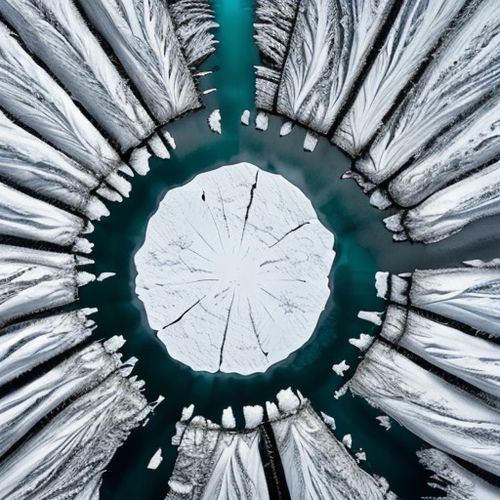
By Sophia Lewis/May 8, 2025
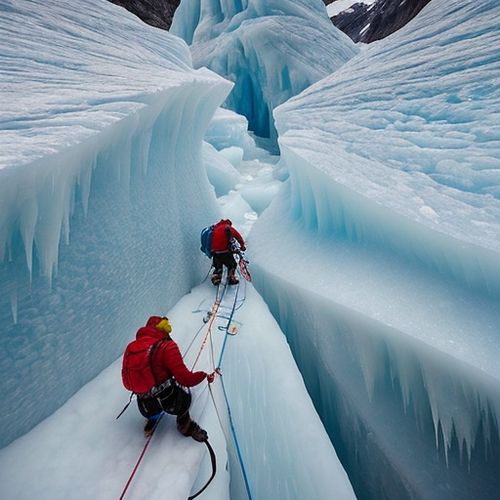
By Samuel Cooper/May 8, 2025
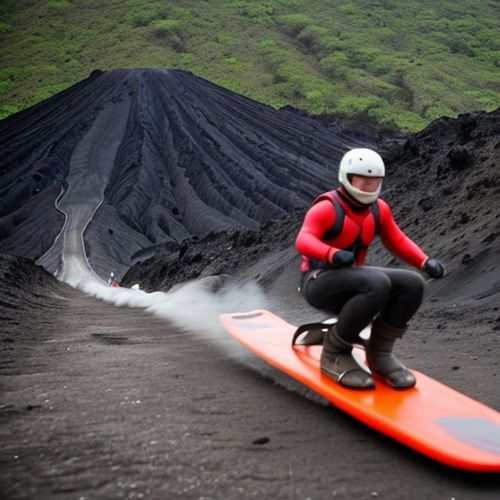
By William Miller/May 8, 2025
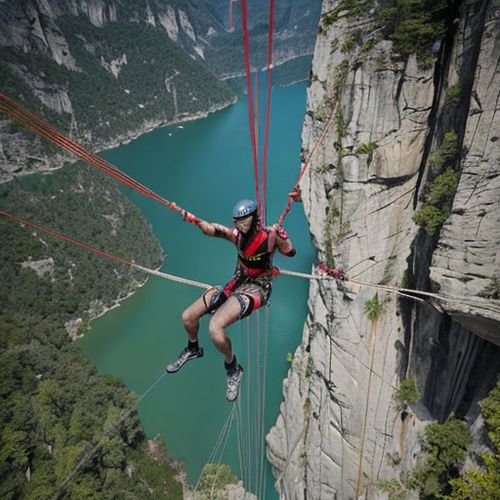
By Rebecca Stewart/May 8, 2025
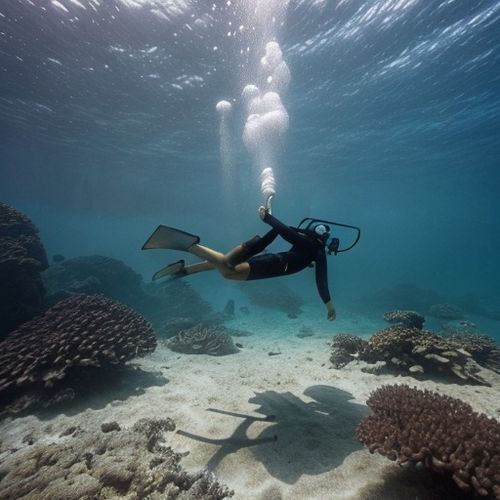
By Natalie Campbell/May 8, 2025

By Jessica Lee/May 8, 2025

By Thomas Roberts/May 8, 2025
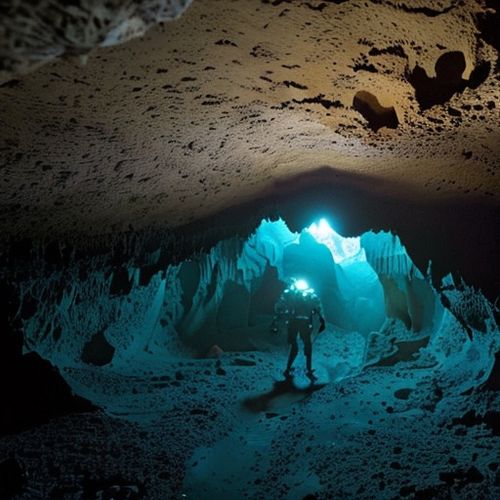
By Christopher Harris/May 8, 2025

By Christopher Harris/May 8, 2025
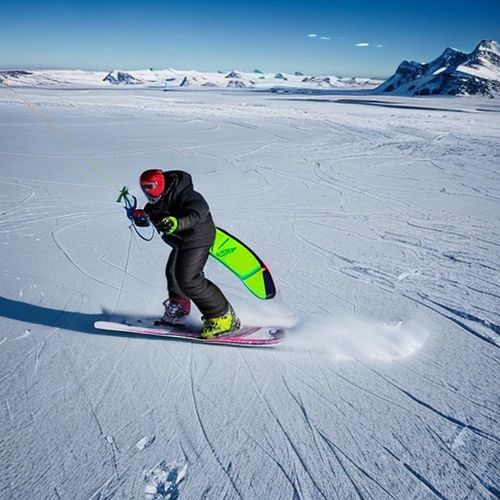
By Natalie Campbell/May 8, 2025
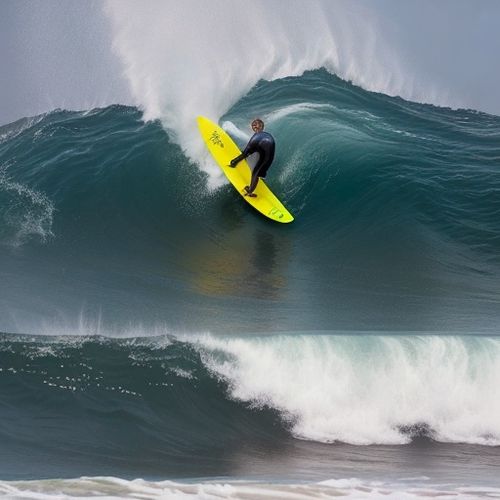
By Rebecca Stewart/May 8, 2025
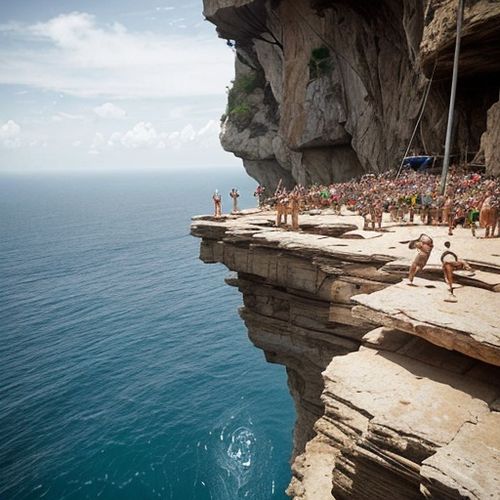
By Sophia Lewis/May 8, 2025
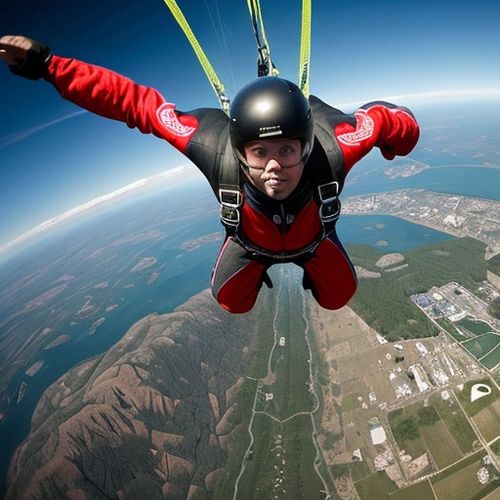
By Noah Bell/May 8, 2025
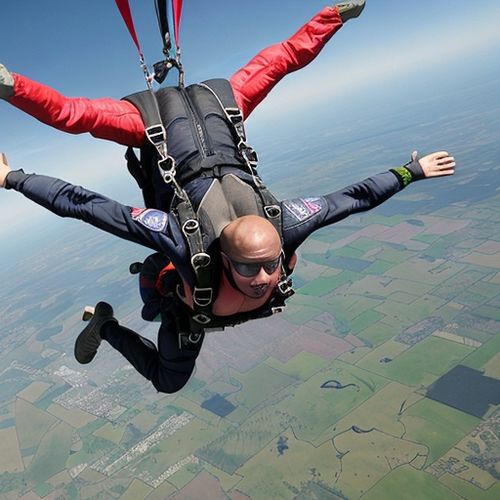
By Sophia Lewis/May 8, 2025

By Benjamin Evans/May 8, 2025

By Benjamin Evans/May 8, 2025

By Eric Ward/May 8, 2025

By Elizabeth Taylor/May 8, 2025

By Daniel Scott/May 8, 2025

By Eric Ward/May 8, 2025